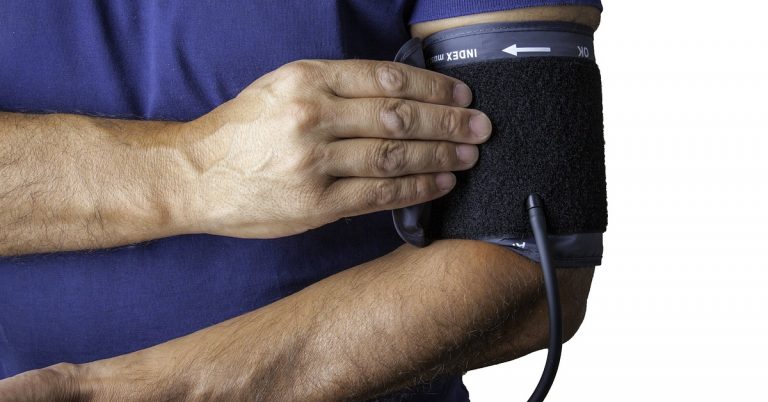The classic model of fatigue had very little to do with the brain. It was all about the body. You deplete the muscles of oxygen and energy, lactic acid accumulates, and performance declines. Those athletes that can get the most out of their “poisoned” muscles are the ones that will have the greatest success.
This model of “peripheral fatigue” has been challenged over the years. Think about it, muscles always have some reserve capacity. I talk about the strength deficit on page 15 of The Elite Trainer. Untrained individuals, for example, can only recruit about half of the active muscle mass during maximal exercise. Furthermore, there’s a significant difference between the maximum amount of weight lifted in competition than during training. And how is it that endurance athletes are able to get a second wind or a spurt of speed toward the end of a race when their muscles should already be depleted?
Something else must be in play and that something else is your brain. What separates the winners from the losers? The winners have already won the race in their mind and the losers have already lost. An athlete’s place in a race has been decided in their mind before the race finishes, and sometimes before it even begins!
In a fascinating review article titled “Fatigue is a brain-derived emotion that regulates the exercise behavior to ensure the protection of whole body homeostasis,” exercise scientist Timothy Noakes reveals an interesting theory on how fatigue affects performance:
My unproven hypothesis is that in the case of a close finish, physiology does not determine who wins. Rather somewhere in the final section of the race, the brains of the second, and lower placed finishers accept their respective finishing positions and no longer choose to challenge for a higher finish. Once each runner consciously accepts his or her finishing position, the outcome of the race is decided. So just as a single athlete must “decide” to win, so too must the rest of the top finishers decide the opposite – specifically that they are not going to win.
Furthermore the CGM [Central Governor Model] suggests that this outcome will be strongly influenced by the manner in which the brains of the respective runners generate the sensations of fatigue during exercise. Recall that these symptoms of fatigue are entirely self-generated by each athlete’s brain and so are unique to each individual. As such they are illusionary.
According to this model, the winning athlete is the one whose illusionary symptoms interfere the least with the actual performance – in much the same way that the most successful golfer is the one who does not consciously think when playing any shot.
In contrast athletes who finish behind the winner may make the conscious decision not to win, perhaps even before the race begins. Their deceptive symptoms of “fatigue” may then be used to justify that decision. So the winner is the athlete for whom defeat is the least acceptable rationalization.
Source: http://journal.frontiersin.org/article/10.3389/fphys.2012.00082/full
It truly is mind over matter. Think of this concept next time you’re performing 20 reps with a 10RM on the back squat. Don’t let the symptoms of fatigue stop you before you reach your goal. When your body says enough, tell it to keep going and don’t accept anything less than 20 reps. If you want that set bad enough, you’ll do it! Just remember, it’s all in your head.

Normal Blood Pressure with Red Meat and Salt
I checked my blood pressure this morning. This was taken after breakfast, which included a double espresso and two glasses

Chi Machine Power Nap
Back in 2007, my colleague Yusuf Omar introduced me to this neat device. It’s called a Chi machine. The first

6 Tips for a Good Night’s Sleep
Getting 7-9 hours of sleep can help you reduce the risk of health problems like cardiovascular disease, diabetes, and depression.
follow
Error: No feed with the ID 2 found.
Please go to the Instagram Feed settings page to create a feed.
